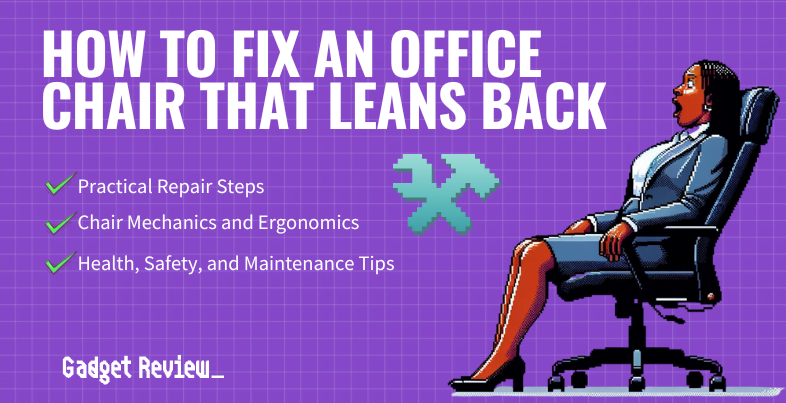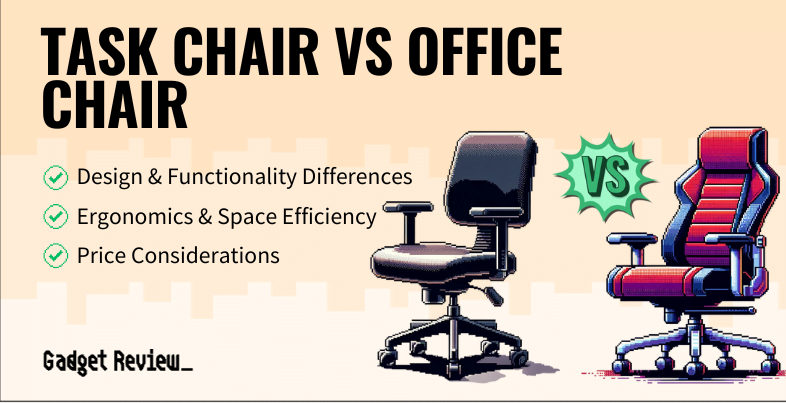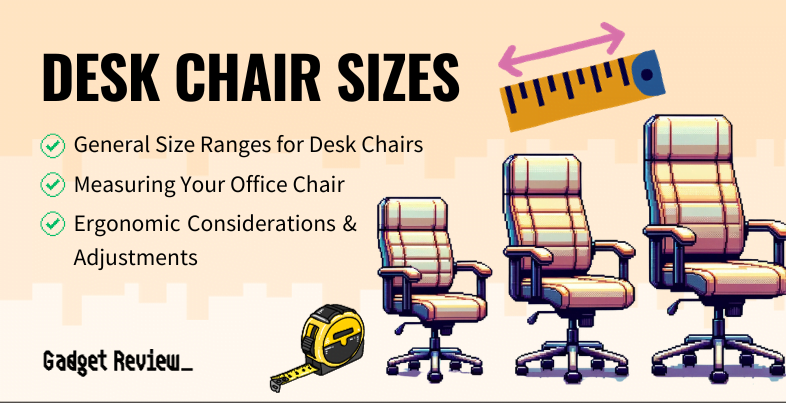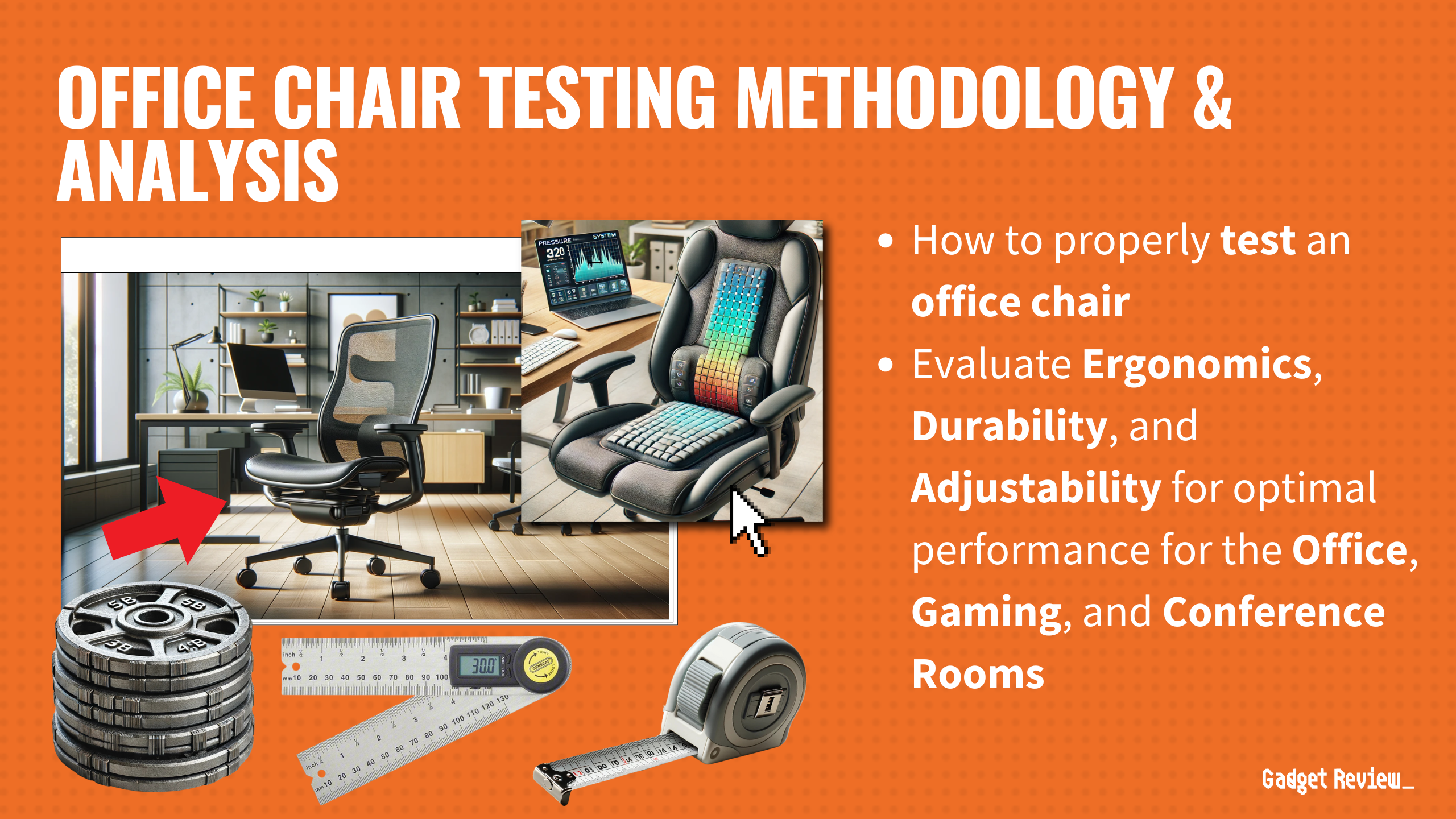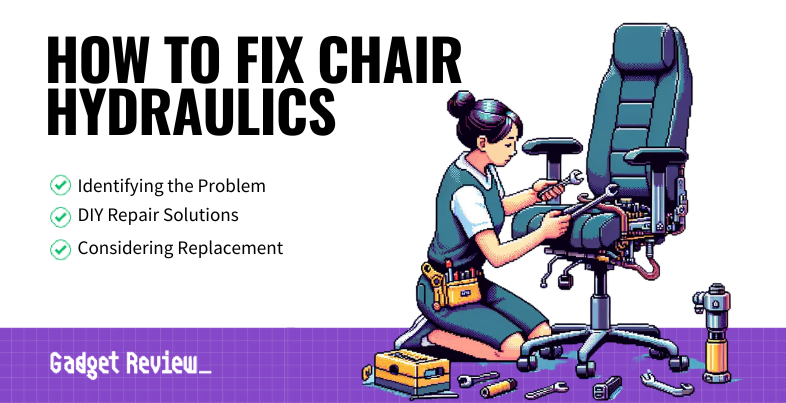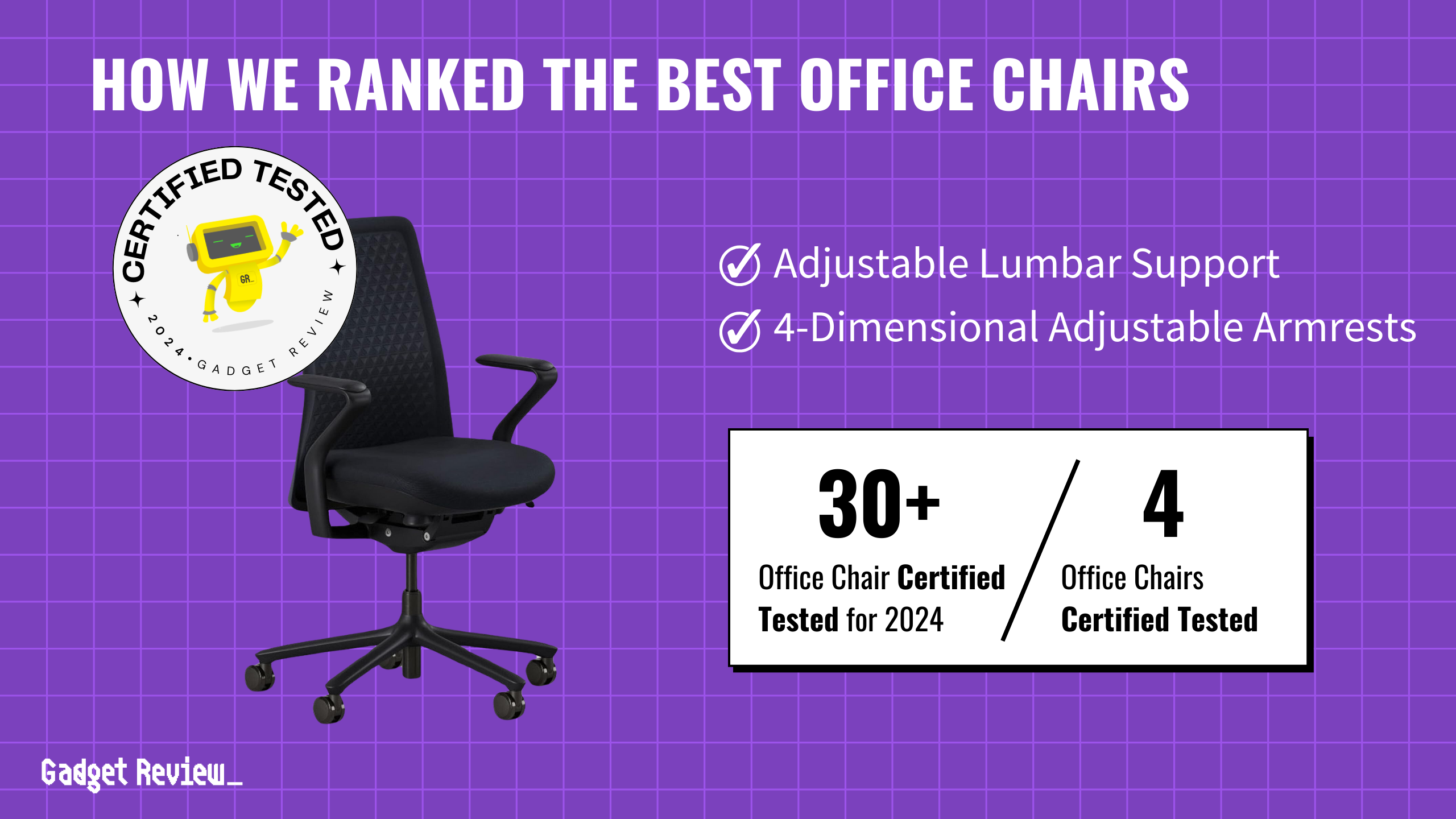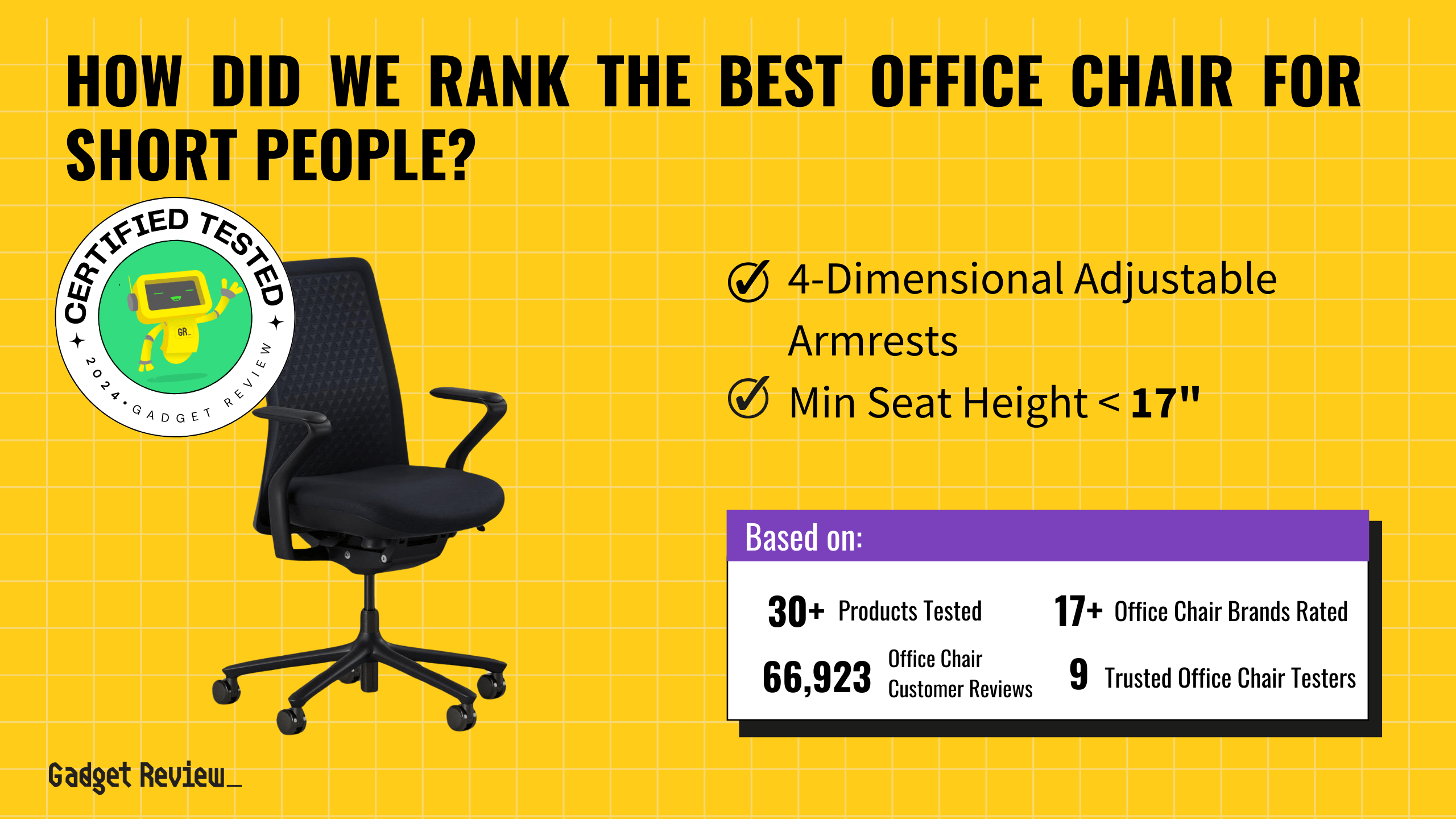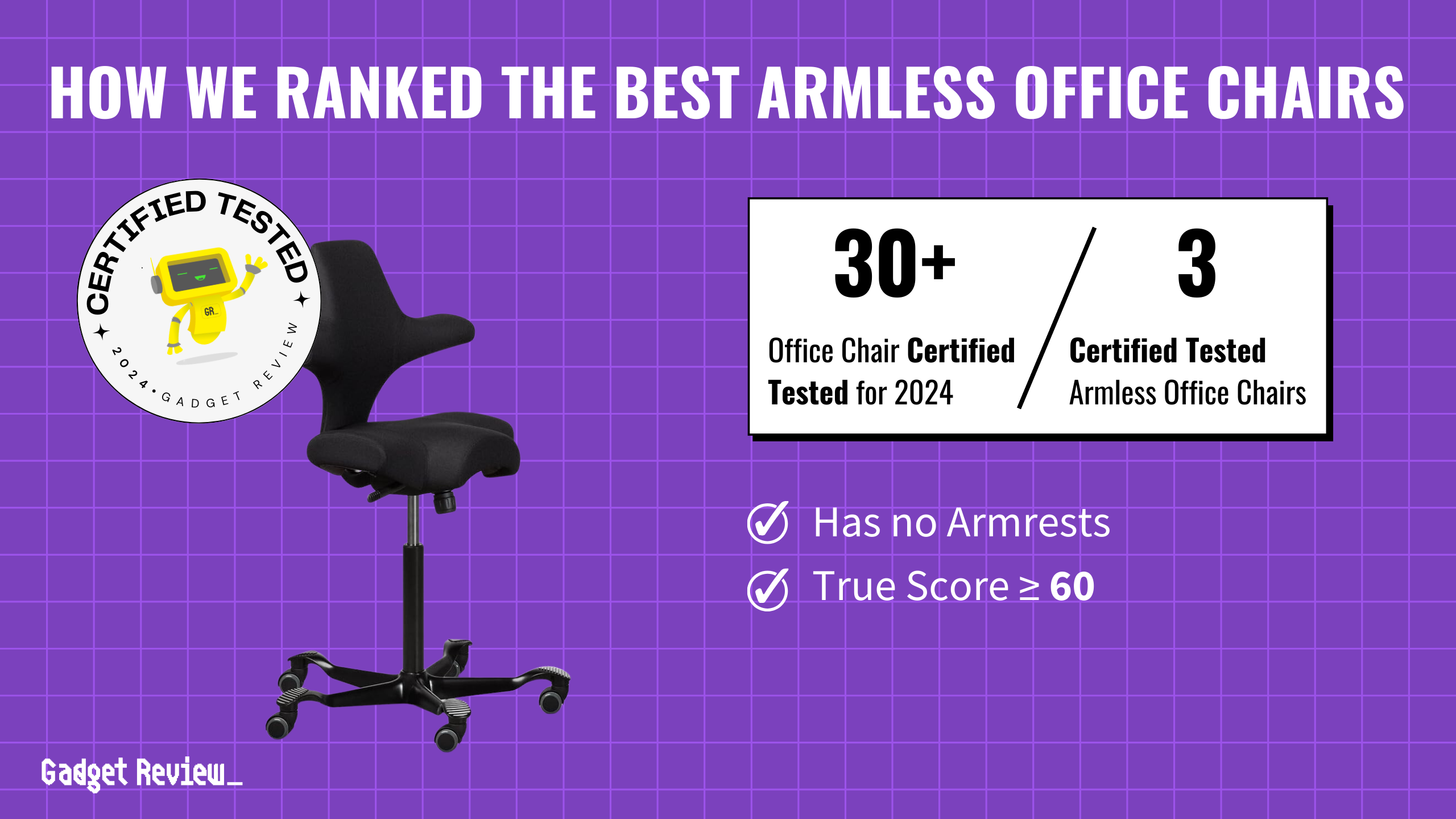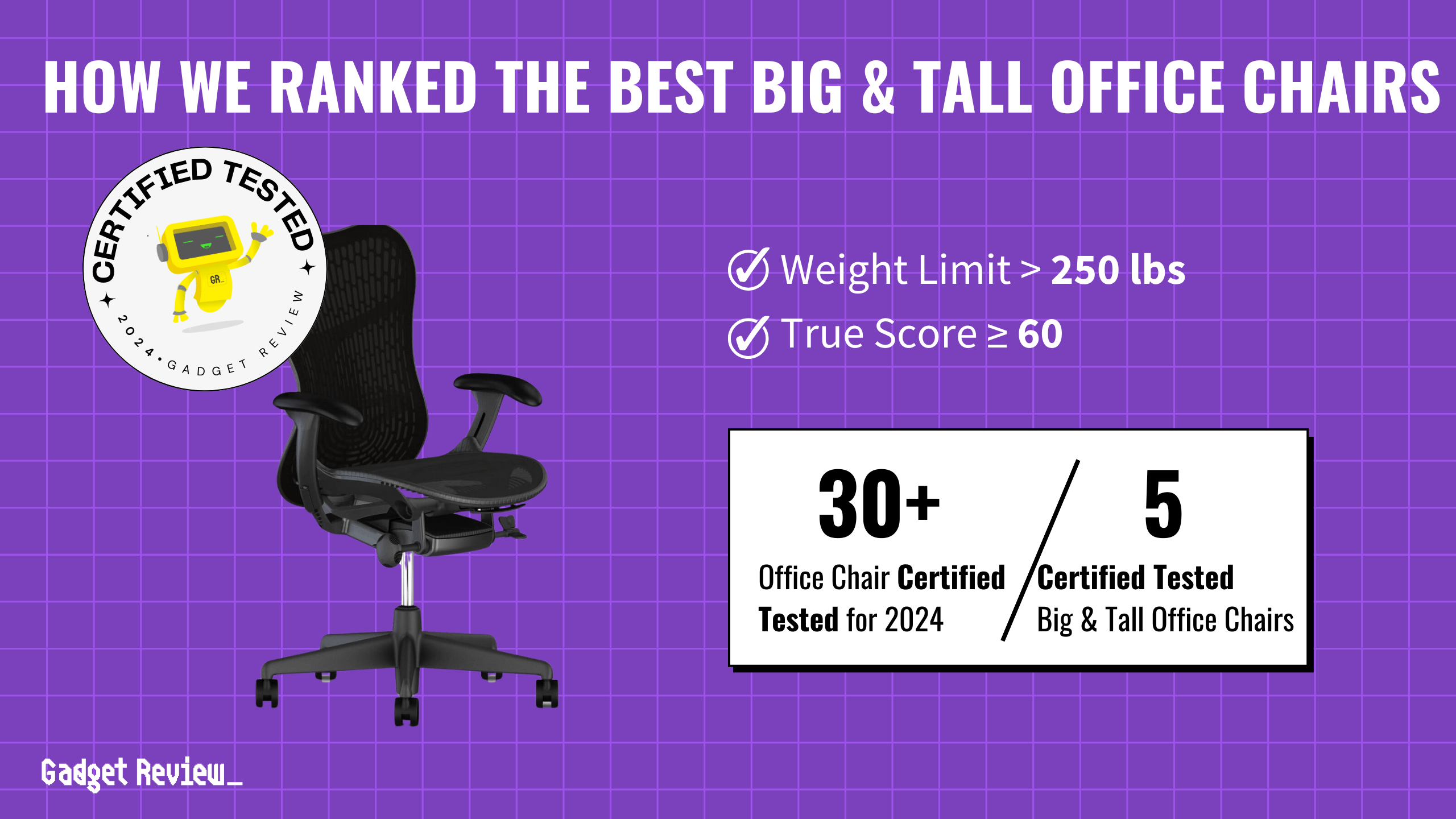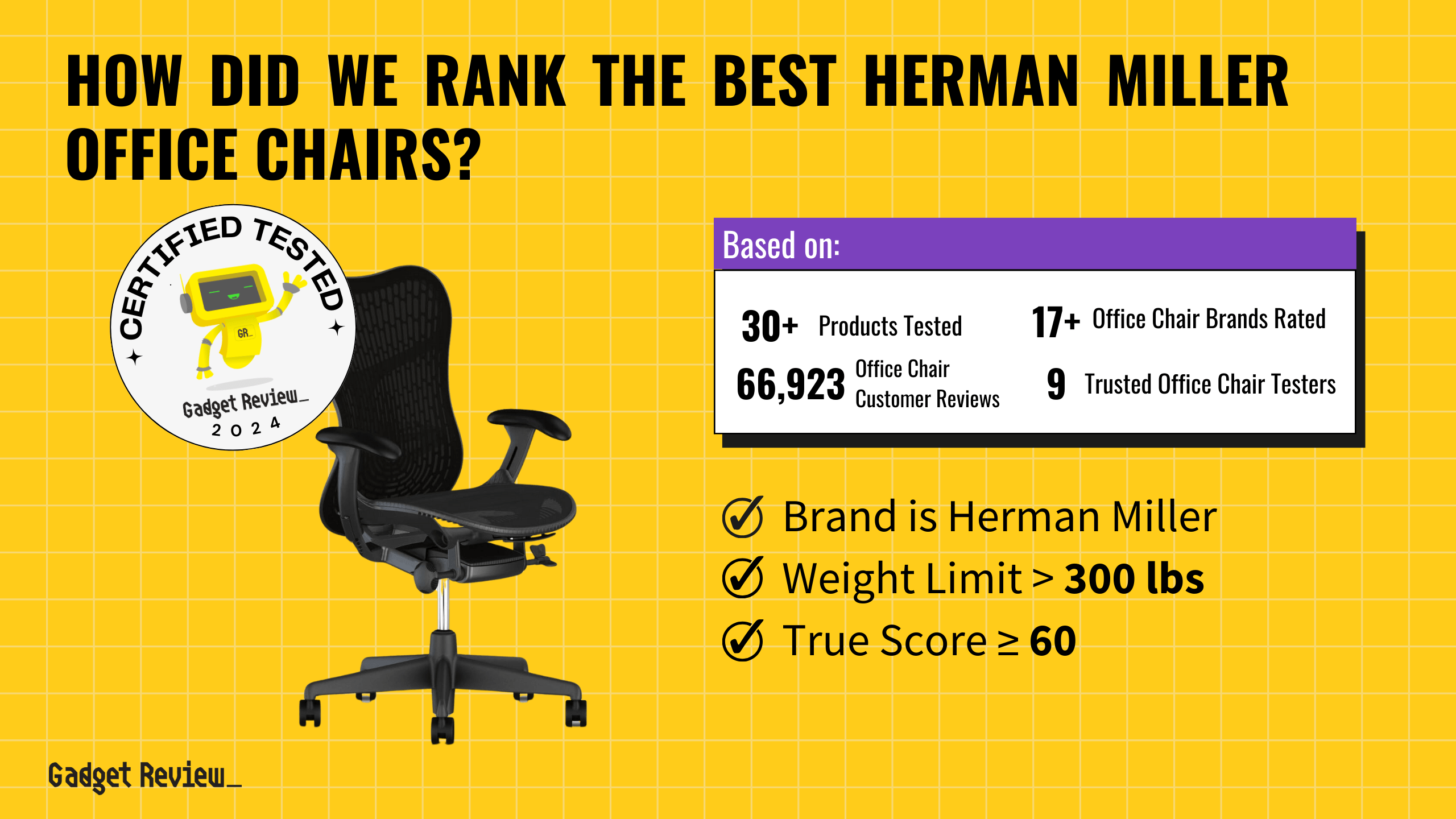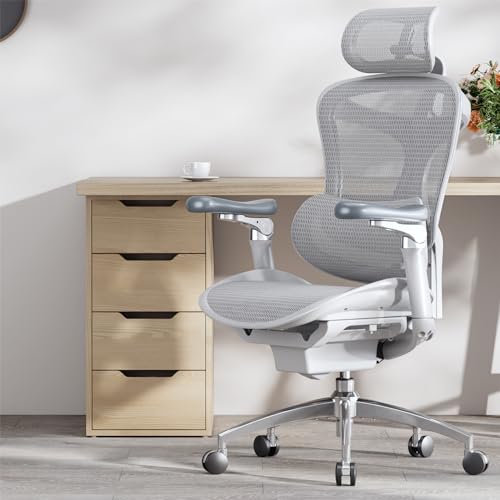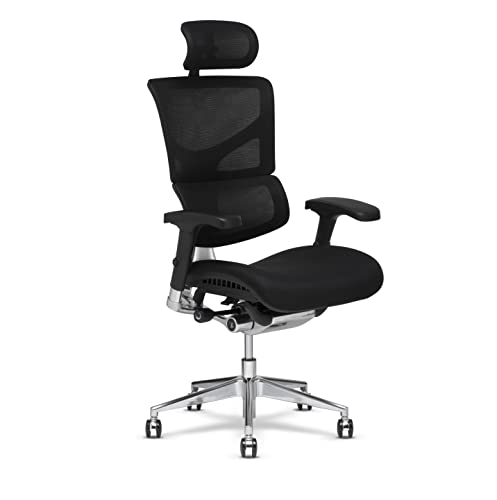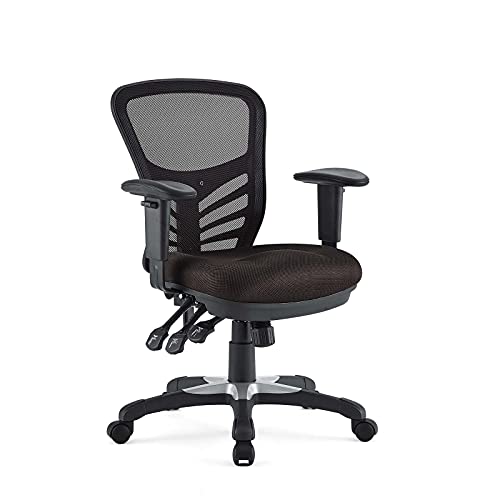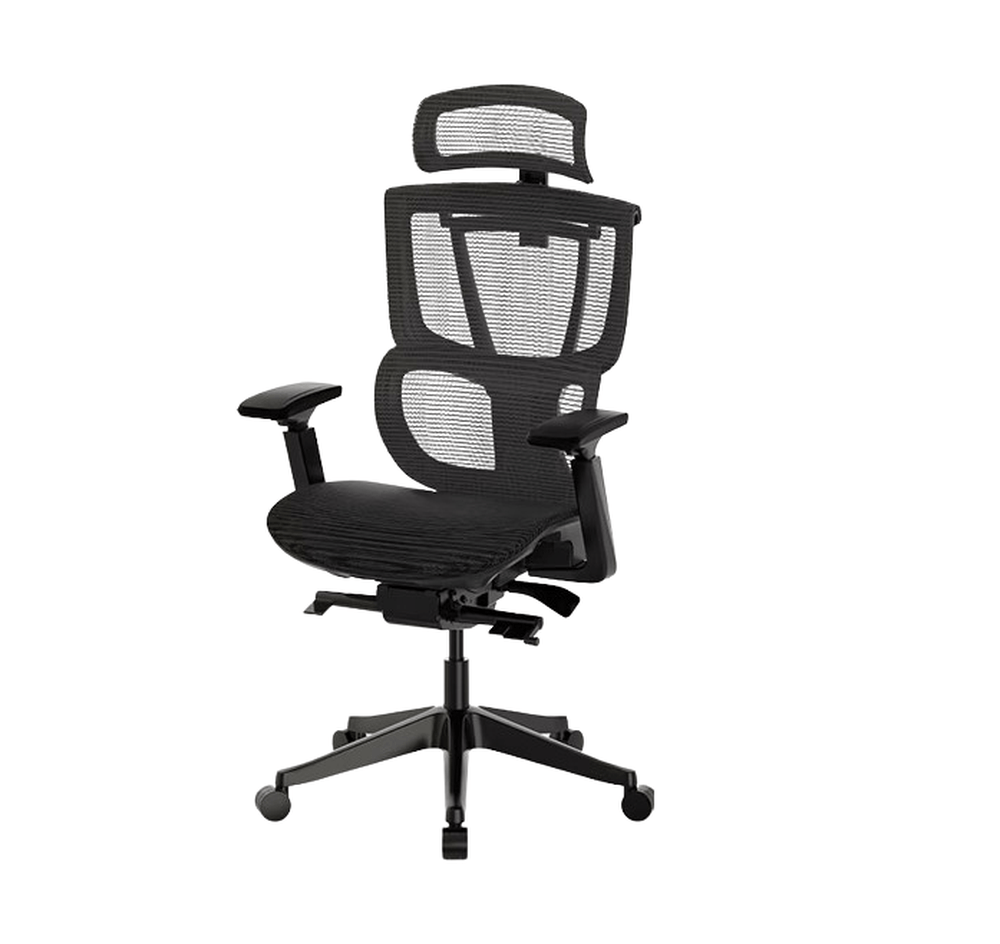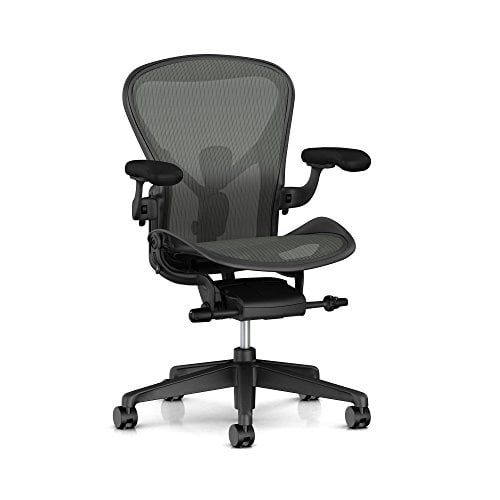A malfunctioning office chair isn’t only annoying; it can be dangerous. For those of us who value comfort and safety in our workspaces, fixing a leaning office chair is important.
So, if you’re experiencing an office chair that leans back or forward, we have some fixes that might work for you.
Let’s begin.
Repairing an Office Chair that Leans Back
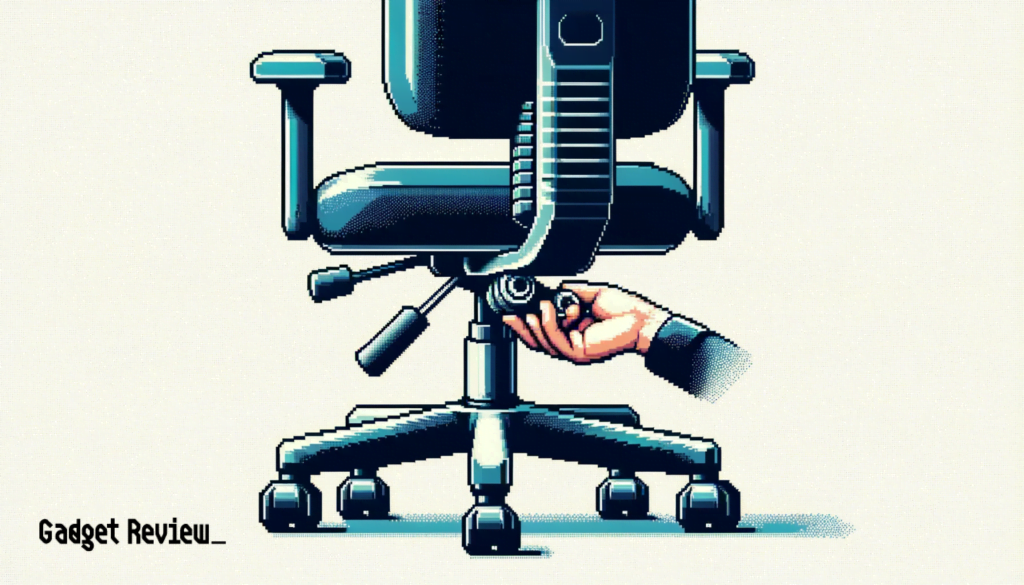
Identifying the root cause is your first step toward a solution.
STEP 1 Adjusting Tilt Tension
- Locate the tension adjustment knob, typically found under the seat or at the back.
- While seated, twist the knob (usually clockwise) to increase resistance.
- Test the chair’s lean; adjust until you find a comfortable resistance level.
STEP 2 Chair Mechanism Check
- Inspect the chair’s mechanism under the seat. Look for obvious signs of wear or damage.
- Ensure that all connections are tight and components are in their proper place.
STEP 3 Part Replacement
- For caster and seat plate issues, a visual inspection will reveal if they need replacement.
- Casters: Turn the chair over, remove the damaged caster by unscrewing or popping it out, and install a new one.
- Seat Plate: Tighten any loose screws or bolts to secure the plate back into position.
Adjusting the Tilt Mechanism on Your Office Chair
Sometimes the easiest way to fix a chair that leans back is to adjust the tilt mechanism. Watch the video here to learn more:
Understanding the Problem
An office chair that leans back unexpectedly is often due to the mechanics.
The tilt tension (the resistance you feel when leaning back) might be off, or there could be an issue with the chair’s internal mechanism.
Sometimes the back of the chair where the metal is connected may also be broken. These damages require a more permanent fix.
Ergonomics and Chair Posture
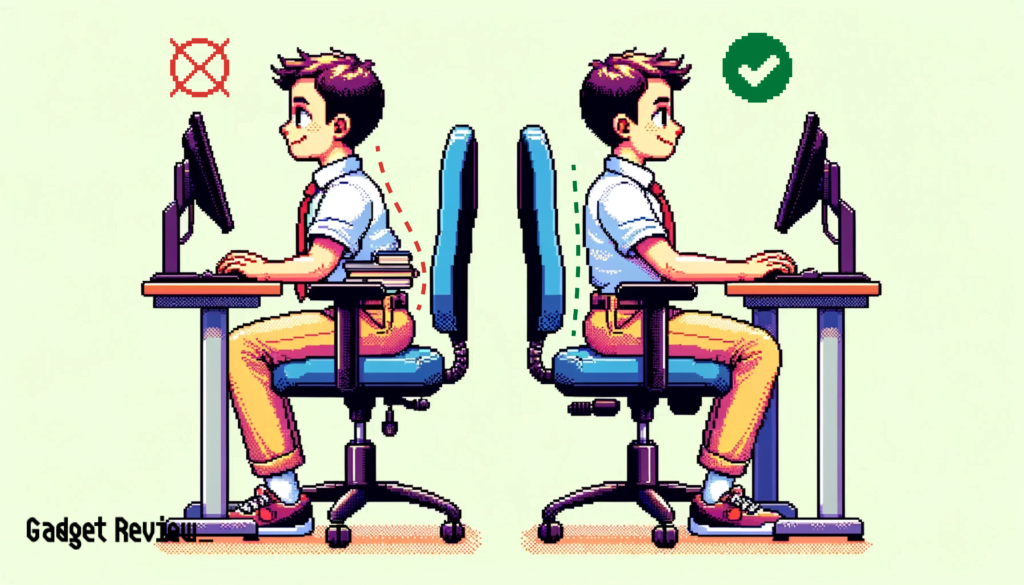
Ergonomics is not just a buzzword; it’s essential.
A chair that leans back improperly can cause posture problems and long-term discomfort.
Health and Safety Considerations
Incorrect spinal alignment leads to back pain and other musculoskeletal issues, which is due to a chair that doesn’t provide the correct spinal support.
Moreover, a faulty chair can be a safety risk, potentially leading to falls or accidents.
Preventive Maintenance
To avoid future chair malfunctions:
- Regularly lubricate moving parts to prevent wear and tear.
- Check casters and fasteners periodically for signs of damage.
- Tighten all screws and bolts every few months to ensure everything stays in place.
A well-functioning office chair is a cornerstone of a productive, health-conscious tech workspace.
By addressing issues like a leaning chair promptly and maintaining your office furniture, you not only preserve your comfort but also safeguard your health and efficiency.

